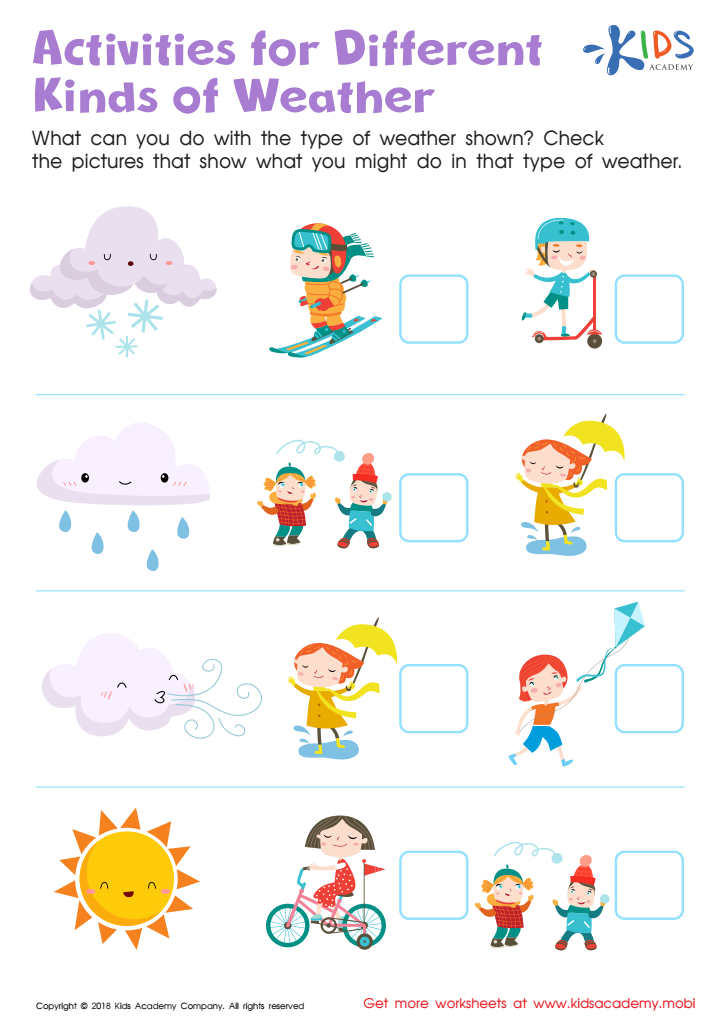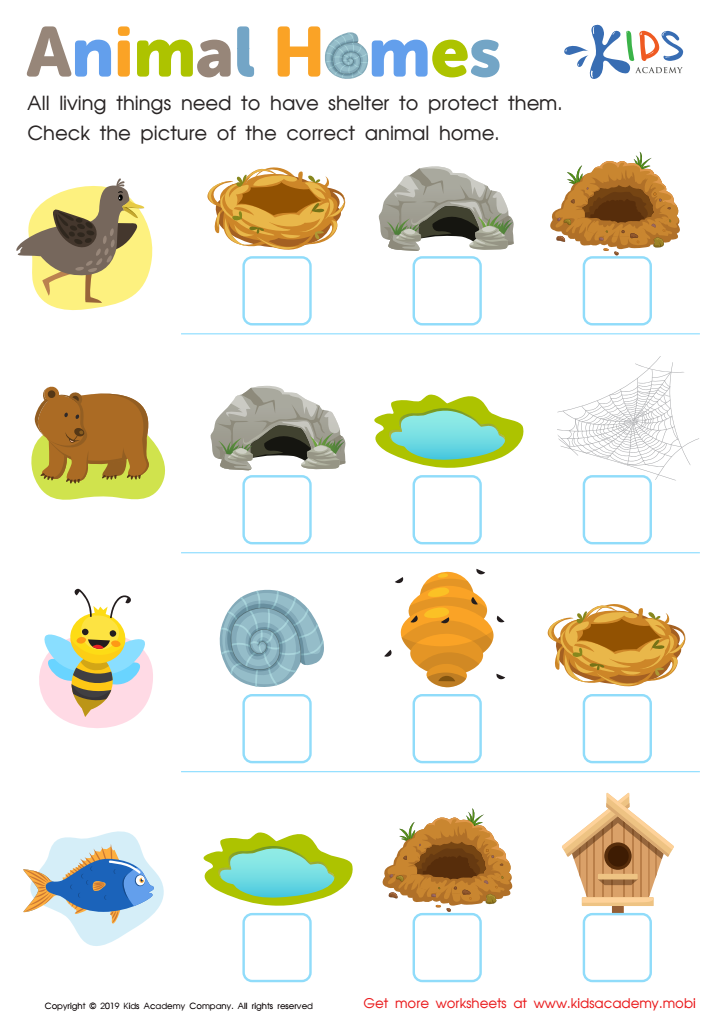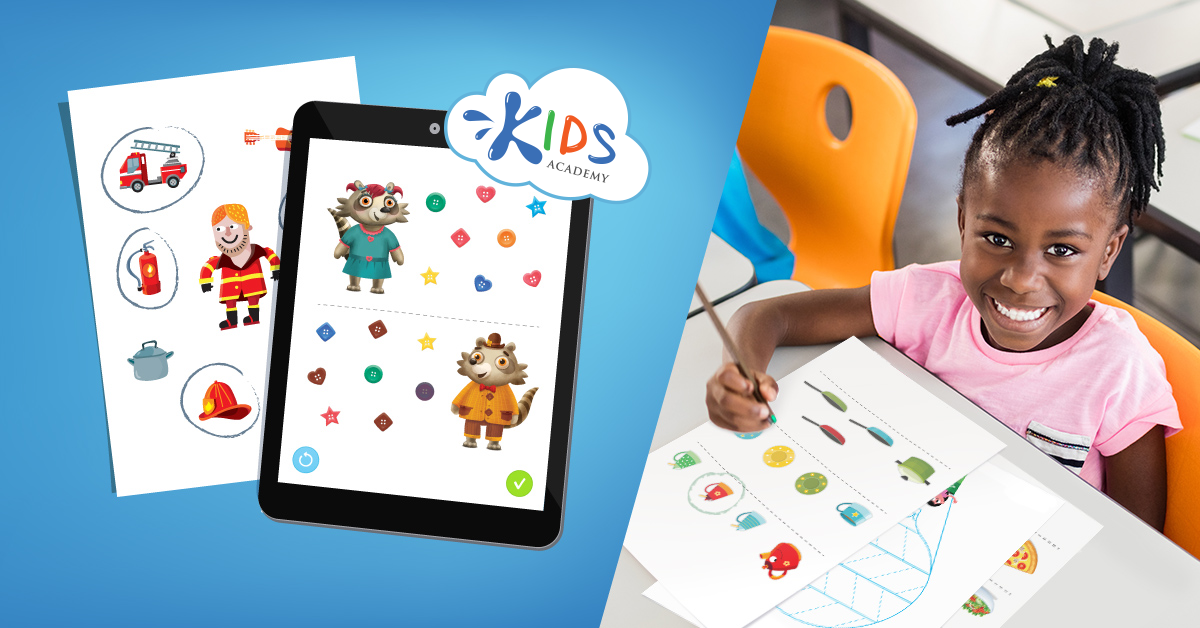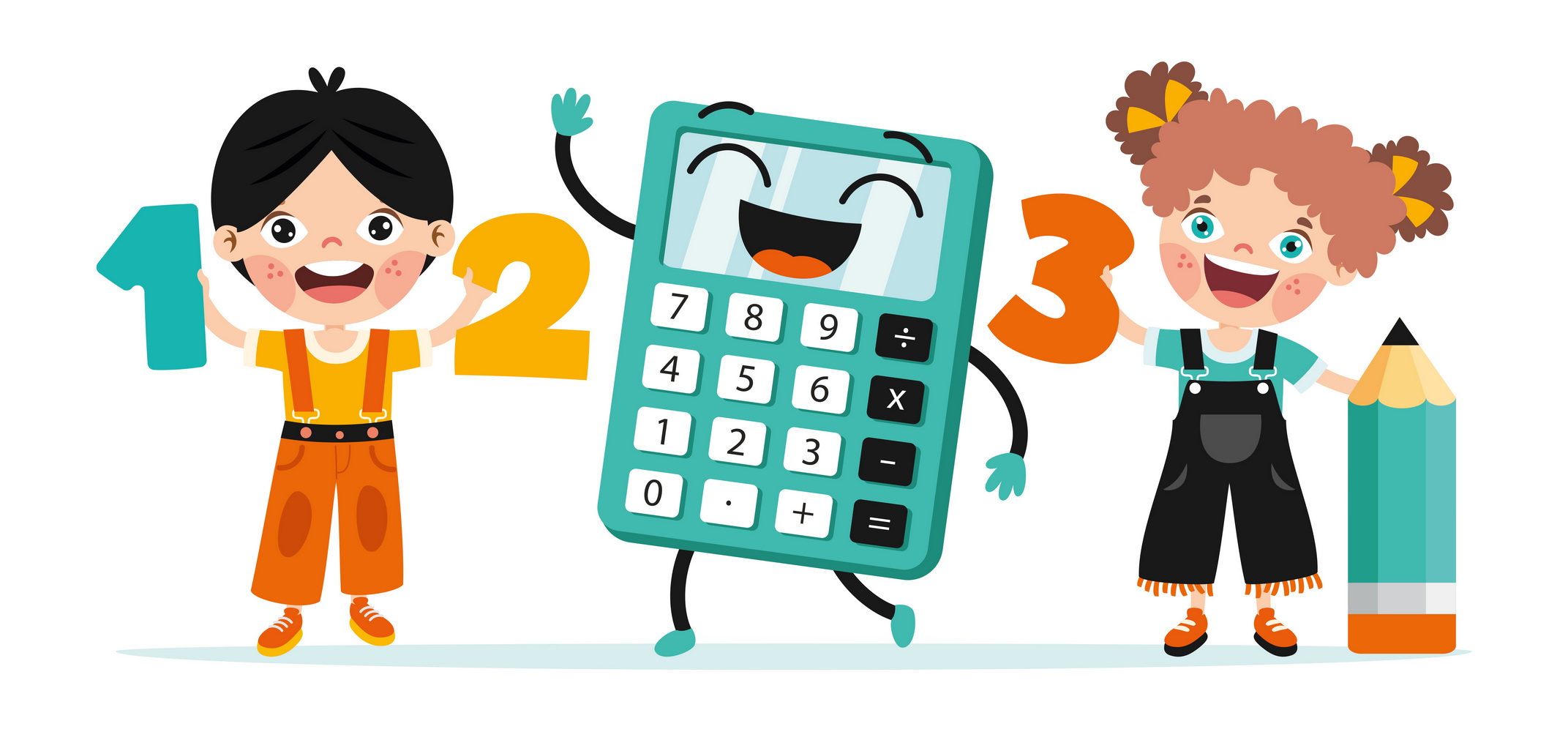Visual perception improvement Science Worksheets for Ages 3-9
3 filtered results
-
From - To
Our "Visual Perception Improvement Science Worksheets for Ages 3-9" are meticulously designed to foster essential observational skills in young children. Through colorful, engaging activities, kids enhance their ability to identify and interpret visual information effectively. These worksheets support cognitive development by challenging children to distinguish shapes, patterns, sizes, and spatial relationships. Perfect for both classroom and home use, they cater to various skill levels, ensuring each child progresses at their own pace. Parents and educators will appreciate the structured approach, guiding kids toward enhanced visual awareness and preparation for more advanced learning tasks. Empower your child with these essential skills today!


Activities for Different Kinds of Weather Worksheet


Animal Homes Worksheet


Siblings Quiz Worksheet
Visual perception is a fundamental aspect of early childhood development that significantly impacts a child's ability to learn and interact with their environment. Enhancing visual perception involves training the brain to accurately interpret and respond to visual stimuli—a key skill that supports reading, writing, and math abilities. Children's success in these foundational academic areas can be directly linked to how well their visual processing skills are developed.
For children ages 3-9, this developmental phase is critical because the brain is particularly plastic, meaning it's more adaptable and capable of forming new connections. Improving these skills early can boost academic performance and reduce future challenges. For instance, improved visual-spatial skills assist children in understanding geometric concepts and graphs, while enhanced visual discrimination aids them in differentiating between letters and numbers, easing the reading process.
Parents and teachers play an integral role in fostering these skills through engaging activities that promote visual tracking, coordination, and attention to detail. This can include puzzle-solving, drawing, and age-appropriate crafts. Emphasizing visual perception improvement not only supports academic achievements but also overall cognitive development, ultimately laying a strong foundation for lifelong learning and problem-solving skills. Therefore, recognizing and nurturing visual perception from an early age benefits children's educational journeys and beyond.
 Assign to My Students
Assign to My Students




















